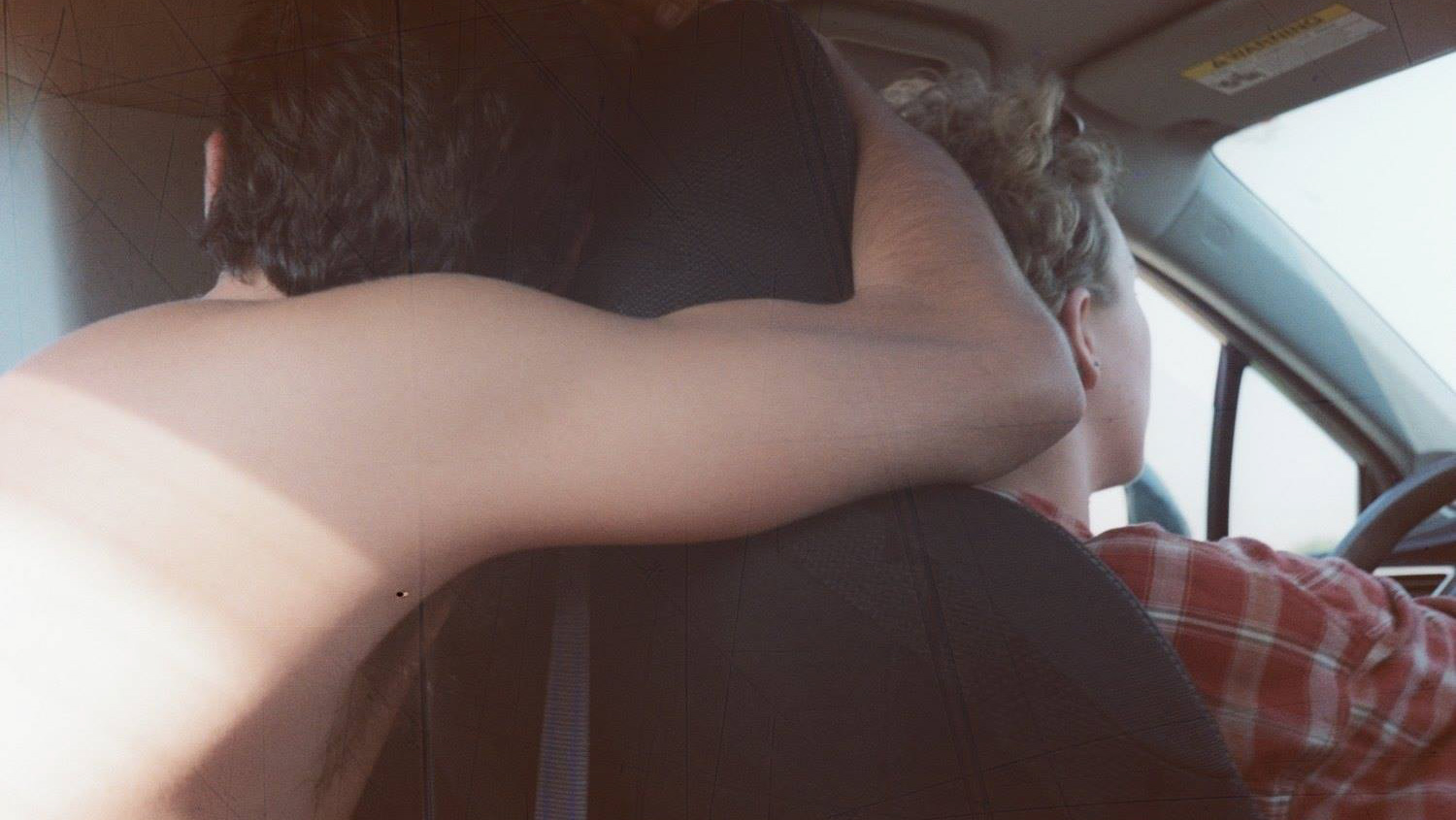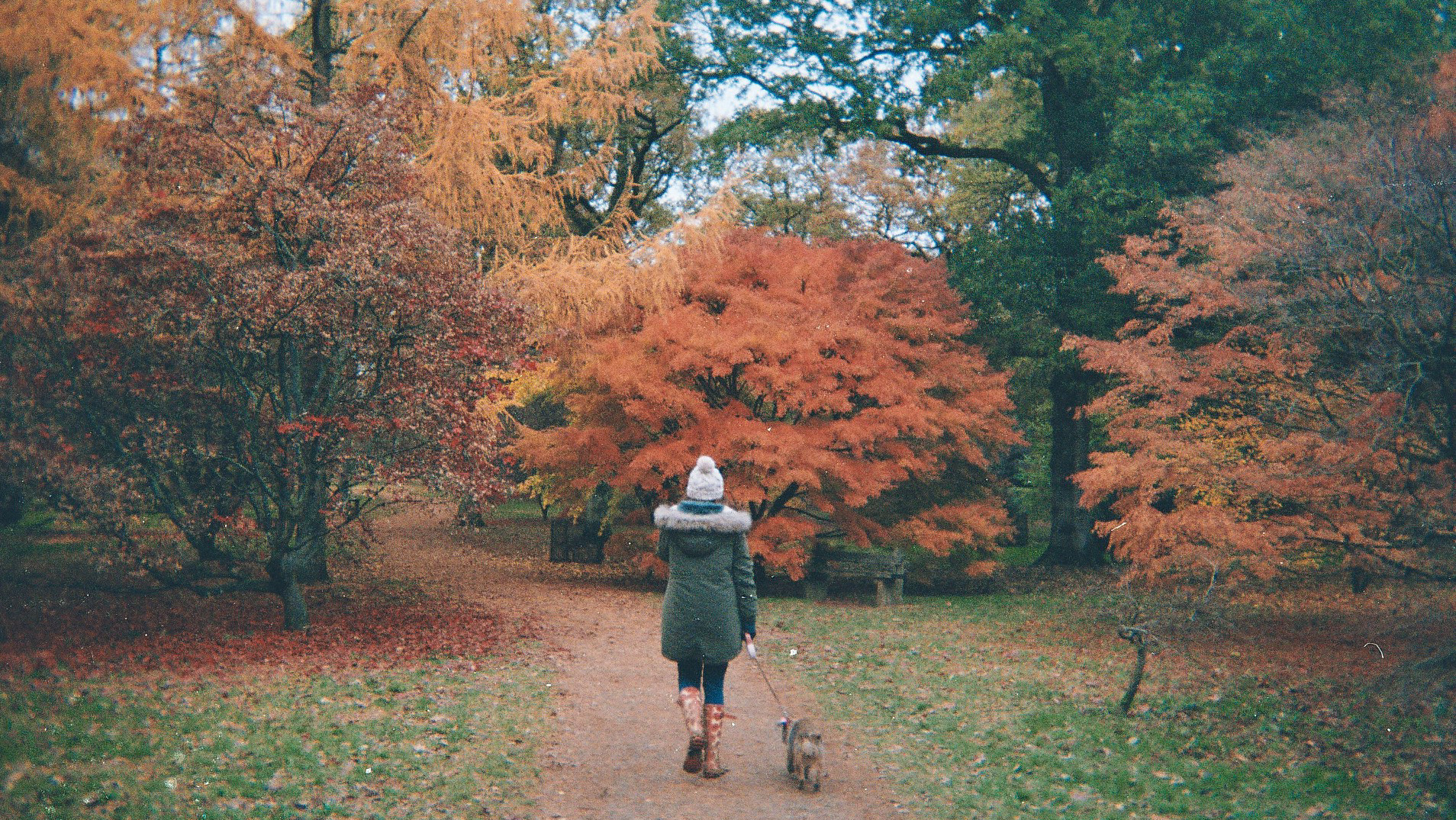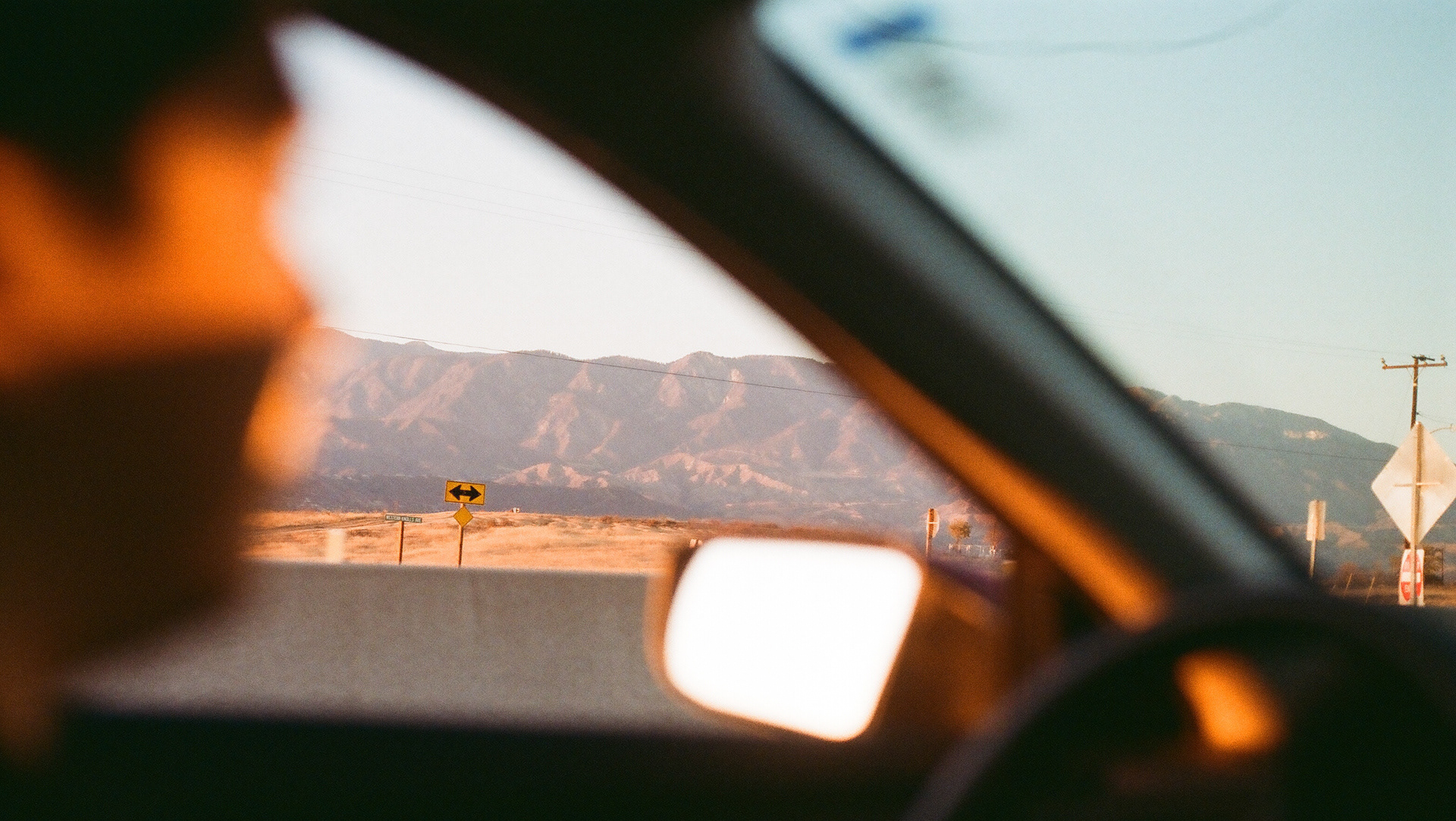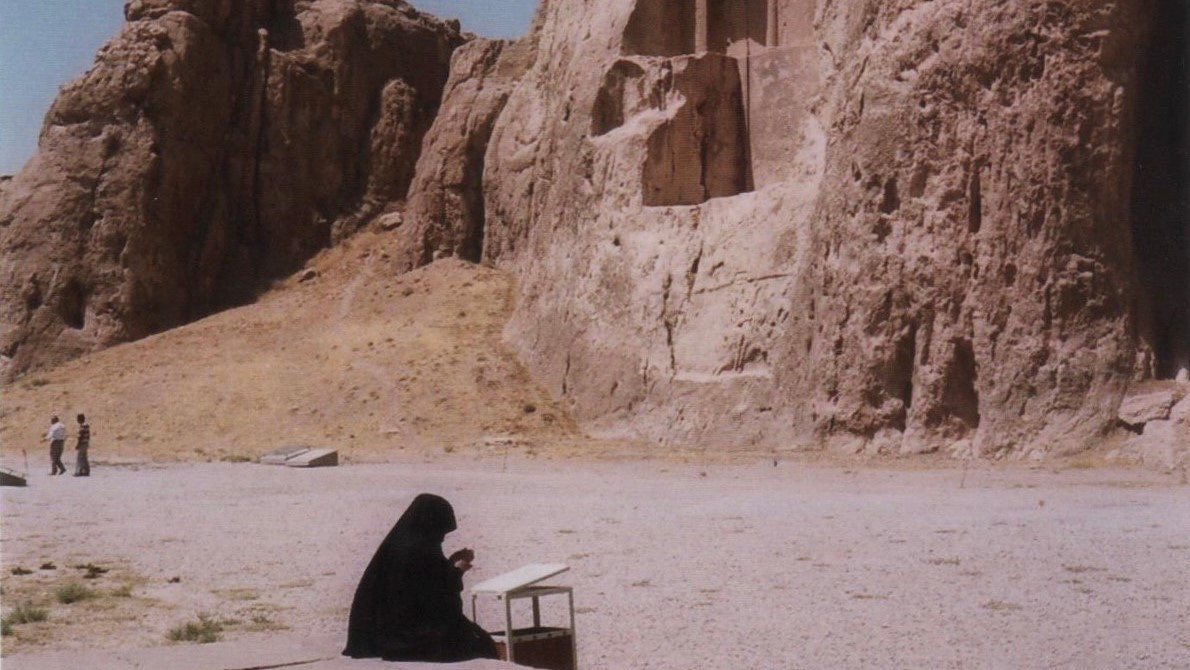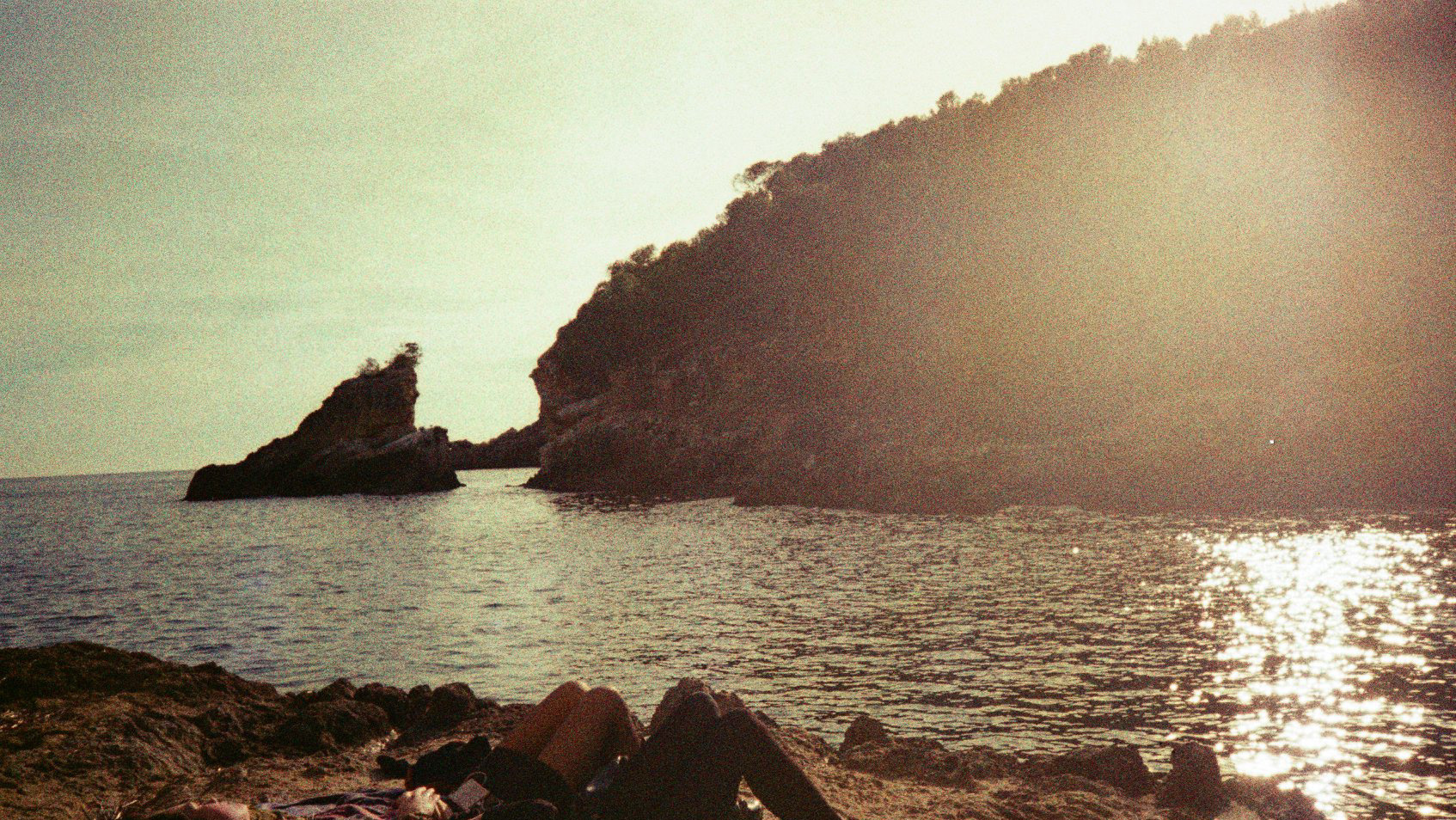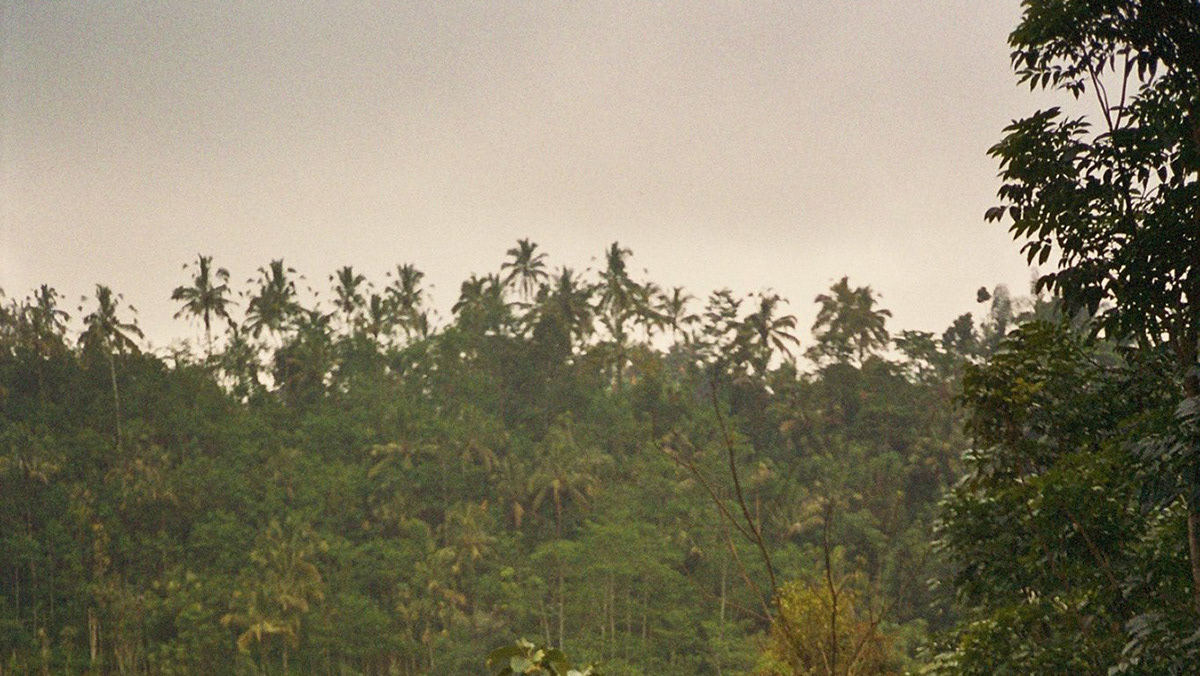
Esfahan - Half of the World
Naqsh-e-Jahan Square, translated to 'image of the world', is a historical square in Esfahan displaying some of the most beautiful Persian art and architecture from the Safavid era. It is the second biggest city square in the world and became a UNESCO World Cultural Heritage site in 1979.
Pictured: Sheikh Lotfollah Mosque
The Sheikh Lotfolla Mosque is a stunning work of art and spiritual refuge. Displaying shades of blue, turquoise and azure; reminiscent of the skies, evoking a feeling of peacefulness.
The exterior of the dome is covered in intricate Islamic tilework, and adorned with stunning arabesque designs, known as eslimi. A common arabesque found in Persian art and architecture. The interconnected patterns of arabesques on the interiror of the mosque reflect the interconnectedness of all things, in the universe and the infinite nature of God. Concepts from the Persian mystic philosopher, Subrawardi.
The mosque took around 20 years to construct.



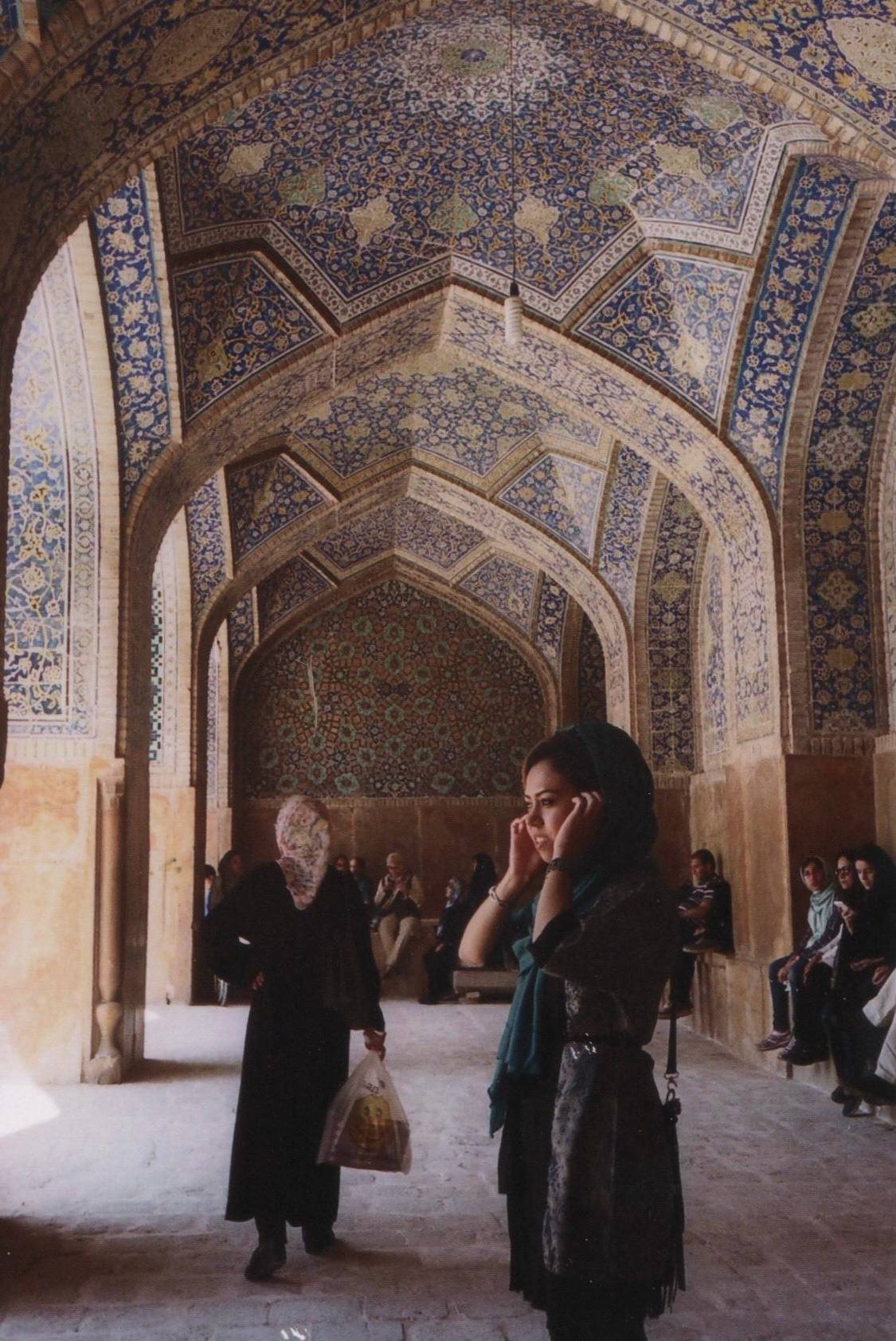
Colours of calming turquoise and blues, reflect the philosophy of waiting and looking up at the sky in contemplation. Murquanas decorate the entrance, symbolic of the creation of the universe.
The mosque was dedicated to the Royal Ladies of the Safavid Era by King Shah Abbas, so that the women had a sacred refuge to practise their faith. The mosque encompasses this sense of warmth throughout. With its orange tiles decorated in Qur'anic verse, and sunlight that radiates through lattice windows to dance with the shadows.
"This work can hardly be considered a product of human hands; a glorious silence that represents the rich taste of aesthetics. It has no source other than religious faith and heavenly inspiration."
- Arthur Upham Pope on Iranian art.
Pictured : Imam Mosque
The Imam Mosque showcases the evolution of a thousand years of mosque construction in Iran, decorated by the works of various calligraphers, woodcarvers and stonemasons. The spaces between the pillars creates an interconnection of those worshipping, portraying the collective solidarity of Muslims.
A short walk down a corridor in relative darkness leads to the light of the courtyard - thought to symbolise the stepping into the world of spirituality.
Pictured: Inside the Qeysarriyeh Bazaar
The Qeyarriyeh Bazaar was once one of the most luxurious trading centres of the Safavid era. It now sells various crafts, rugs and ornaments of Isfahan. Rich colours with every turn.
Shiraz - The city of Poets, Art and Flowers


Eram Garden
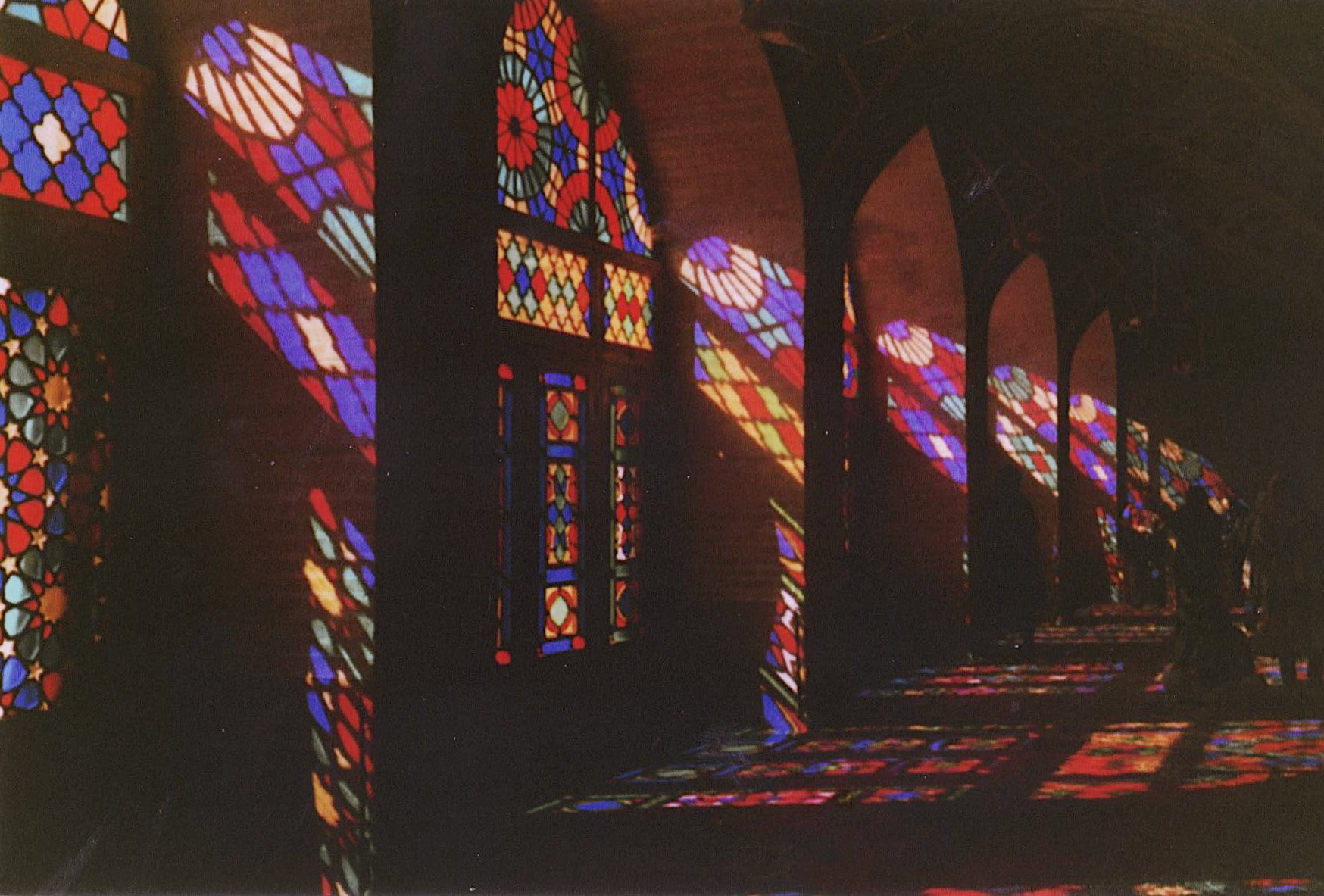
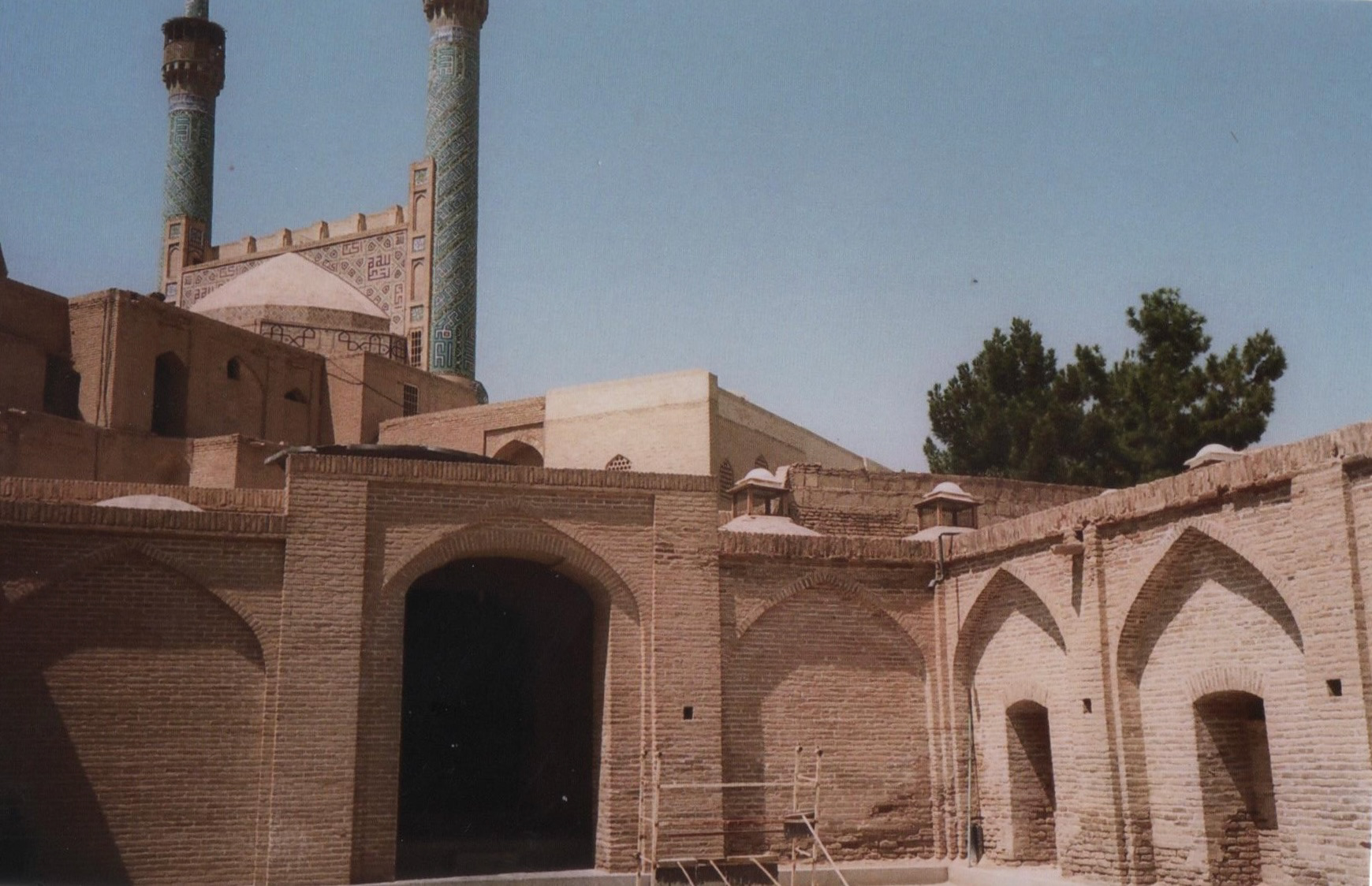
Pink Mosque


Poets


Persepolis - An Ancient Civilisation


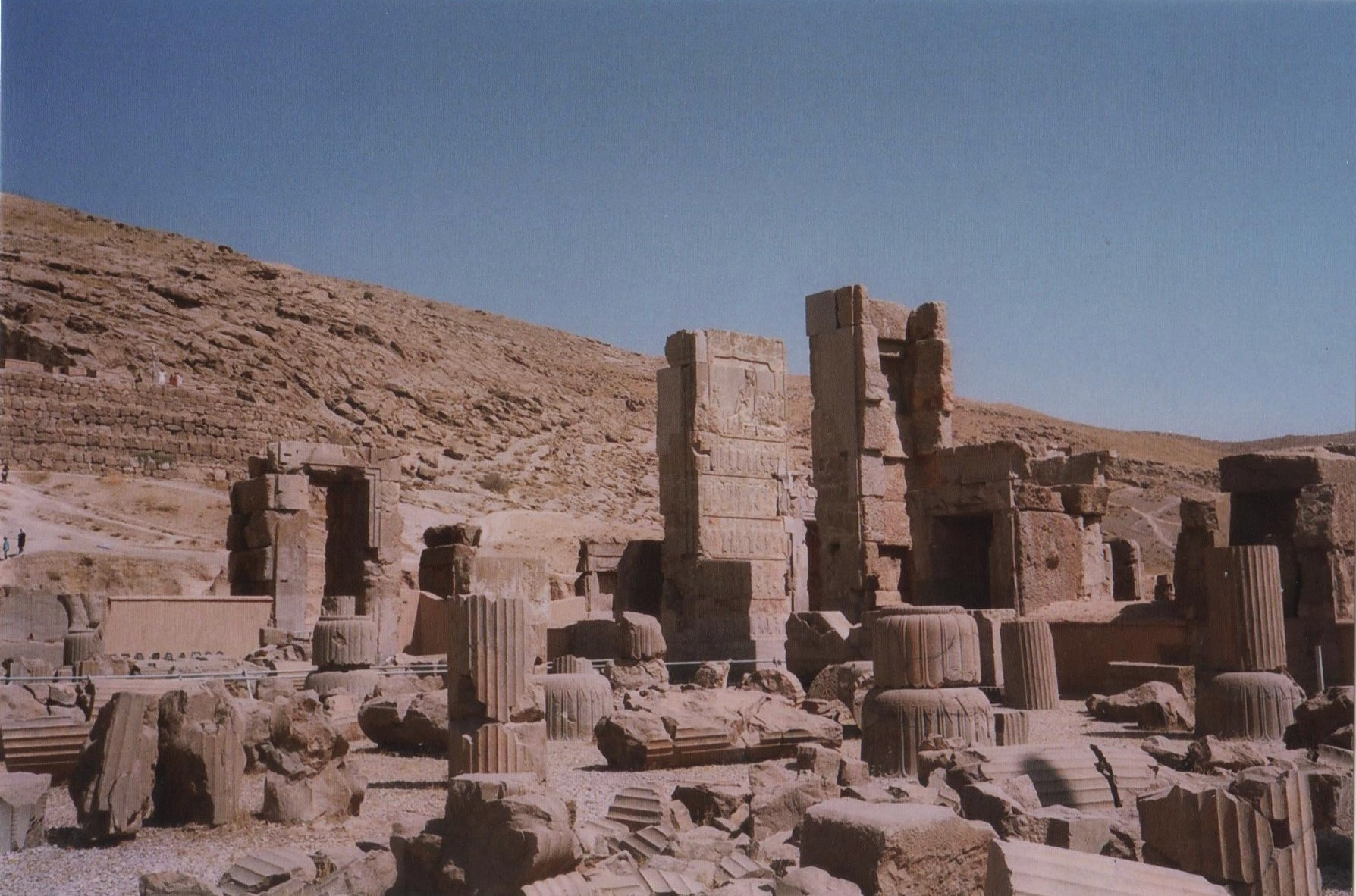
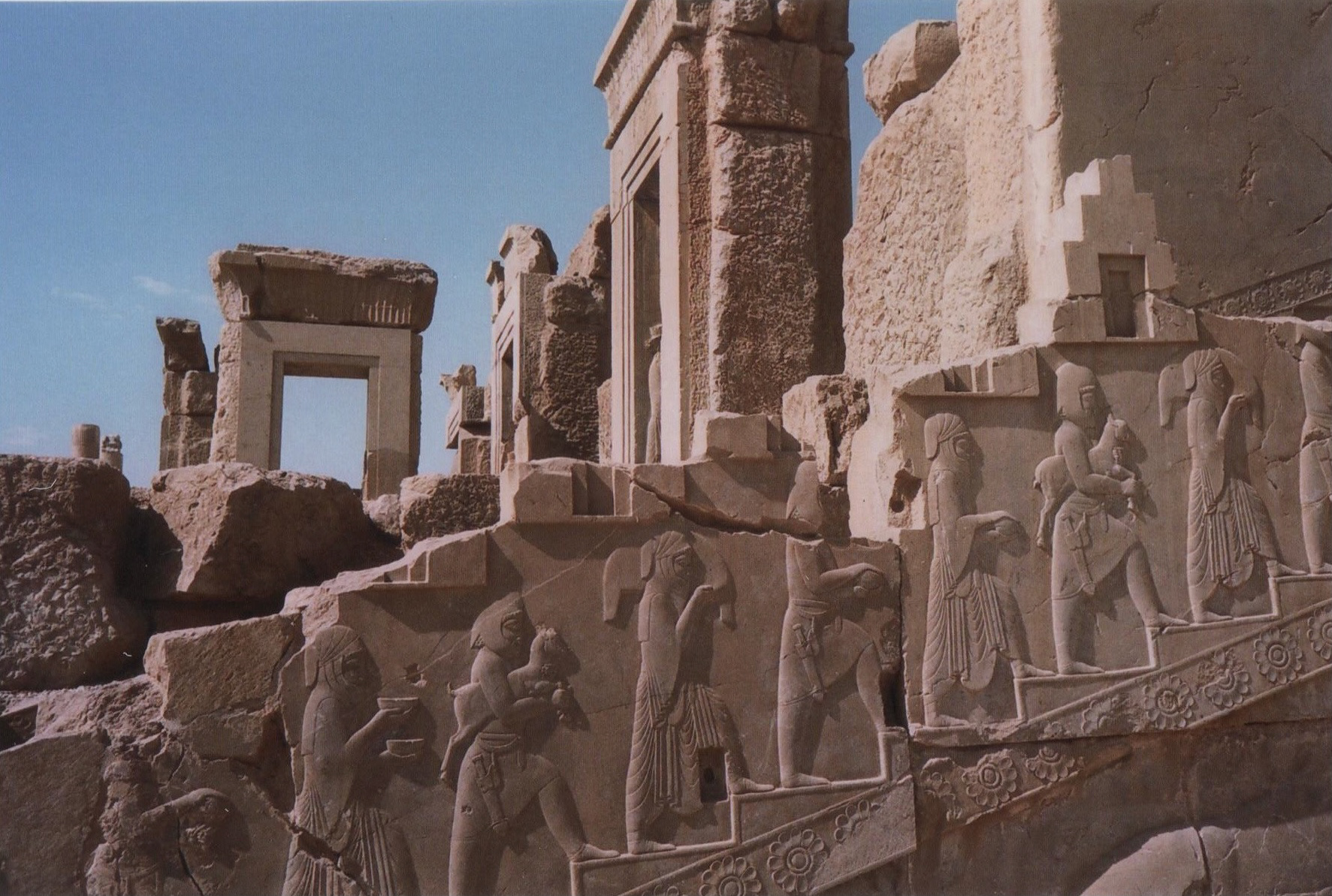


The warmth of the Persians

